Introduction
Are you aware that what you eat has a profound effect on your blood sugar levels? Yes, it’s true! It’s not just about limiting the intake of sugars and carbs; it’s also about integrating foods into your diet that actively contribute to reducing those sugar levels. This article provides an insightful guide on 13 foods that are not just nutritious but can also lower your blood sugar levels. Let’s dive deep in to the Foods for Better Blood Sugar Control!
The Impact of Diet on Blood Sugar Levels
The truth is, food plays the role of fuel for our bodies, and your choice of meal profoundly influences your physical well-being and overall function. Consuming foods high in sugar or simple carbohydrates leads to them being broken down into glucose, which is a form of sugar that your body relies on for energy. However, an excess of glucose in your bloodstream translates into high blood sugar levels, setting a risk stage for diabetes and other health complications.
However, don’t lose heart, because there’s good news. Some foods are known to stabilize blood sugar levels. These foods are low on the glycemic index and are rich in nutrients and fiber that help manage your blood sugar effectively.
How Blood Sugar Works in the Body
Blood sugar, or glucose, is the primary source of energy for the body’s cells. It’s controlled by insulin, a hormone produced in the pancreas that helps glucose from the food we eat get into our cells.
When you eat, your blood sugar levels rise, triggering your pancreas to release insulin. This insulin helps your cells take in the glucose and reduce the amount in your bloodstream. However, if you have diabetes, this process doesn’t work as it should, causing blood sugar levels to become elevated.
Consistently high blood sugar levels can lead to a range of health problems, including heart disease, kidney disease, and nerve damage. It’s crucial to maintain a diet that helps control blood sugar levels and prevent these complications.
Understanding the Glycemic Index
The Glycemic Index (GI) is a ranking system for carbohydrates based on how quickly they raise blood sugar levels after eating. Foods with a high GI are absorbed quickly into your bloodstream, leading to a rapid rise in blood sugar. In contrast, low-GI foods are absorbed slowly, providing a steady release of sugar into your bloodstream.
Let’s delve into the specifics of these wonder foods, shall we?
Foods for Better Blood Sugar Control
13. Whole Grain Oats
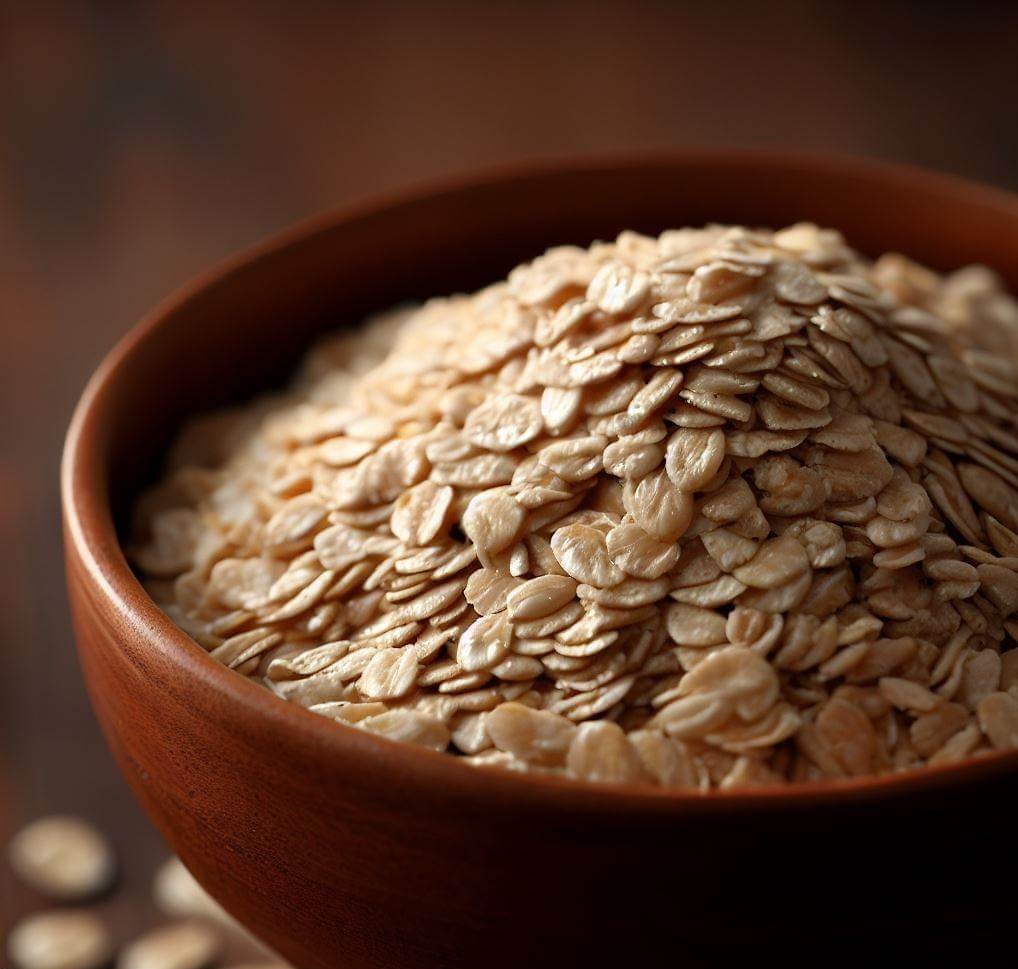
Have you ever thought of starting your day with whole grain oats? If not, you might want to give it a go. Whole grain oats are a treasure trove of fiber and complex carbohydrates, which take longer to digest and supply your body with a steady flow of energy.
This helps avoid sudden spikes in your blood sugar, making oats an excellent breakfast choice, especially for those striving to manage their blood sugar levels. The best part? You can always mix things up by adding fresh fruits, nuts, or a dash of cinnamon for added flavor and nutritional benefits.
12. Apples
“An apple a day keeps the doctor away” – it’s a popular saying for a reason. Apples are rich in fiber and offer a modest amount of carbs, making them an excellent choice for a low-glycemic index fruit. Their high fiber content ensures a slower digestion process, which prevents blood sugar levels from spiking rapidly.

Moreover, apples contain polyphenols, which have been associated with improved insulin sensitivity. However, make sure to consume whole apples and not apple juice. The latter often contains added sugars and doesn’t offer the beneficial fiber found in the fruit’s skin.
11. Okra
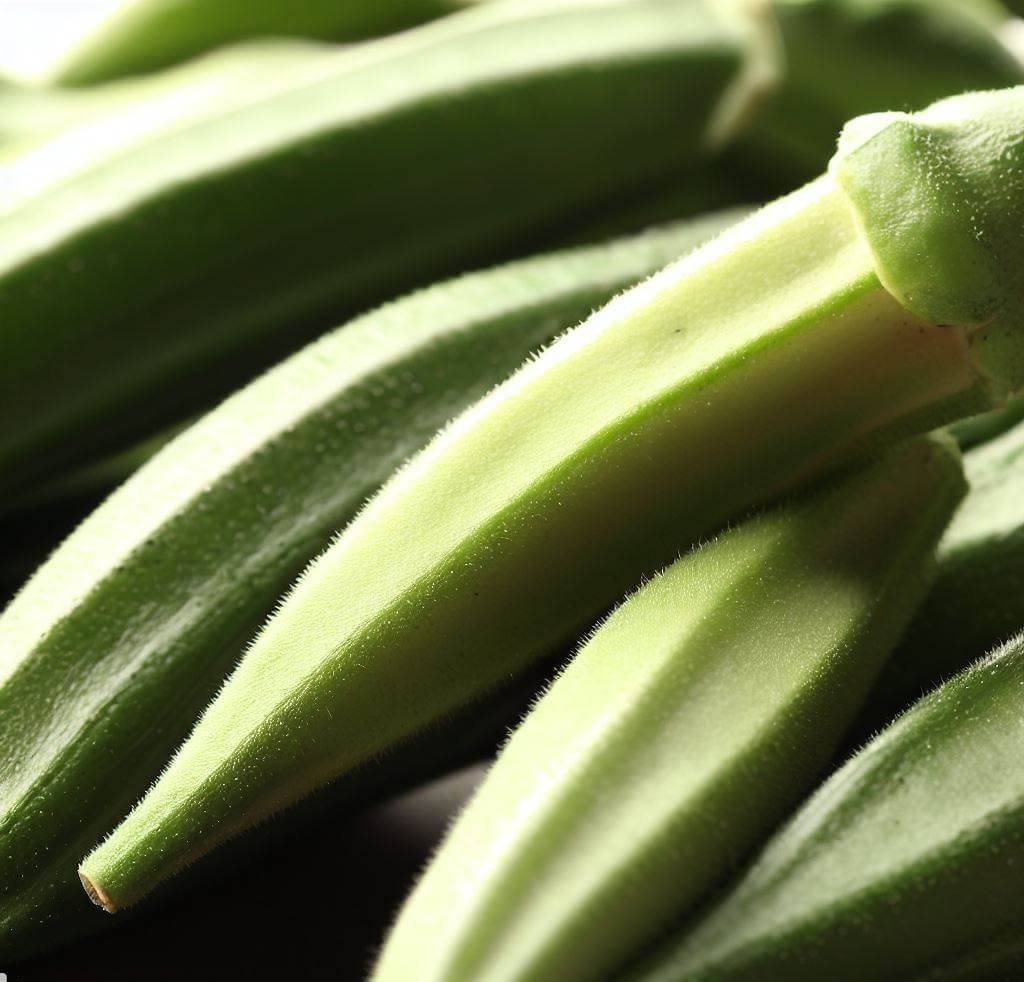
This green, finger-shaped vegetable is a mainstay in Southern cuisine and has a unique place in managing blood sugar levels. Okra is loaded with fiber, which slows down digestion and ensures a slow release of sugar into your bloodstream.
It’s also packed with antioxidants that contribute to its anti-diabetic properties. Try incorporating okra into your diet in stews, soups, or even grilled as a healthy side dish.
10. Eggs
The humble egg is often overlooked, but it is indeed a potent ally in controlling blood sugar levels. As a protein-rich food, eggs can slow glucose absorption in your body, leading to a reduced glycemic response. What this means is that eggs help keep your blood sugar levels steady, preventing those dreaded blood sugar spikes.
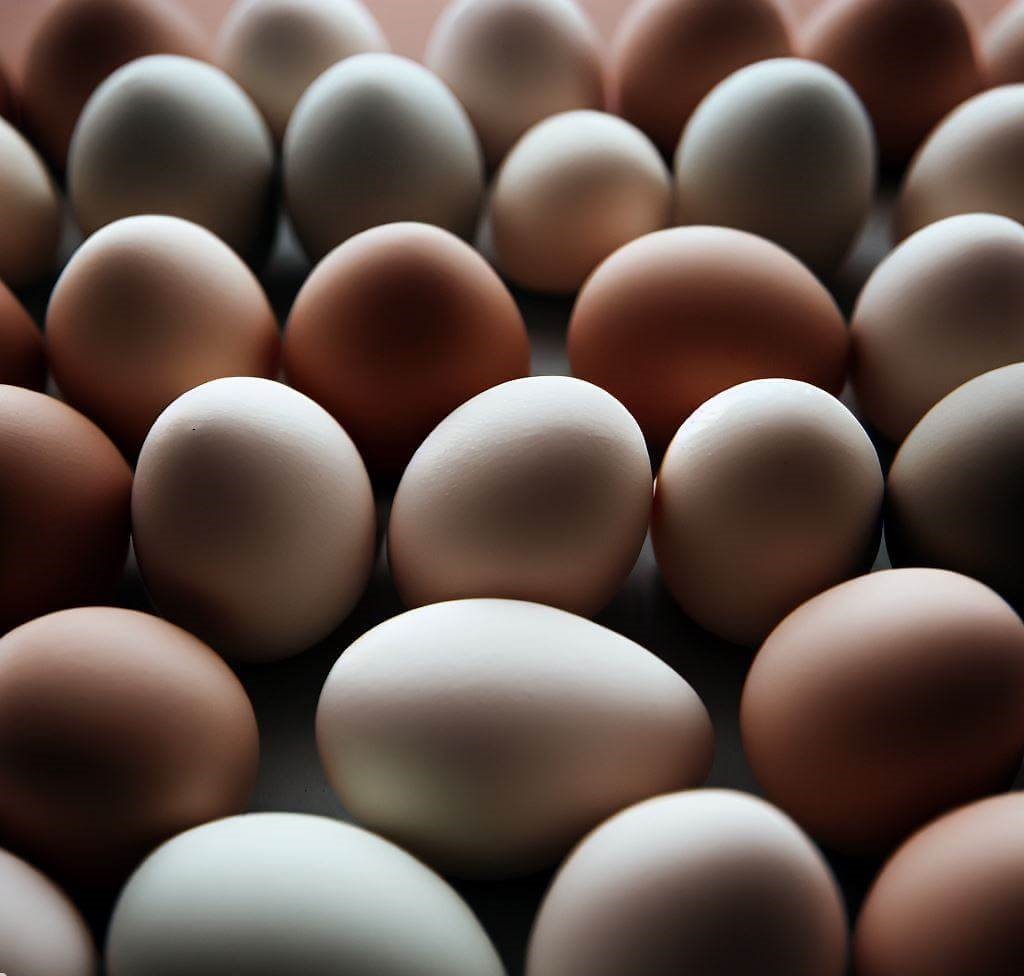
Moreover, eggs are packed with essential nutrients, like vitamin B12, selenium, and choline. Regular consumption of eggs has been linked to improved heart health, which is a crucial consideration for those dealing with diabetes, as they have an increased risk of heart disease.
However, it’s important to remember to eat eggs in moderation, as they’re also high in cholesterol. For a healthy meal, consider pairing eggs with vegetables and whole grains for a well-rounded, nutrient-dense dish that’s beneficial for blood sugar control. Whether in an omelet, hard-boiled, or scrambled, eggs offer a versatile and delicious way to keep blood sugar under control.
9. Salmon
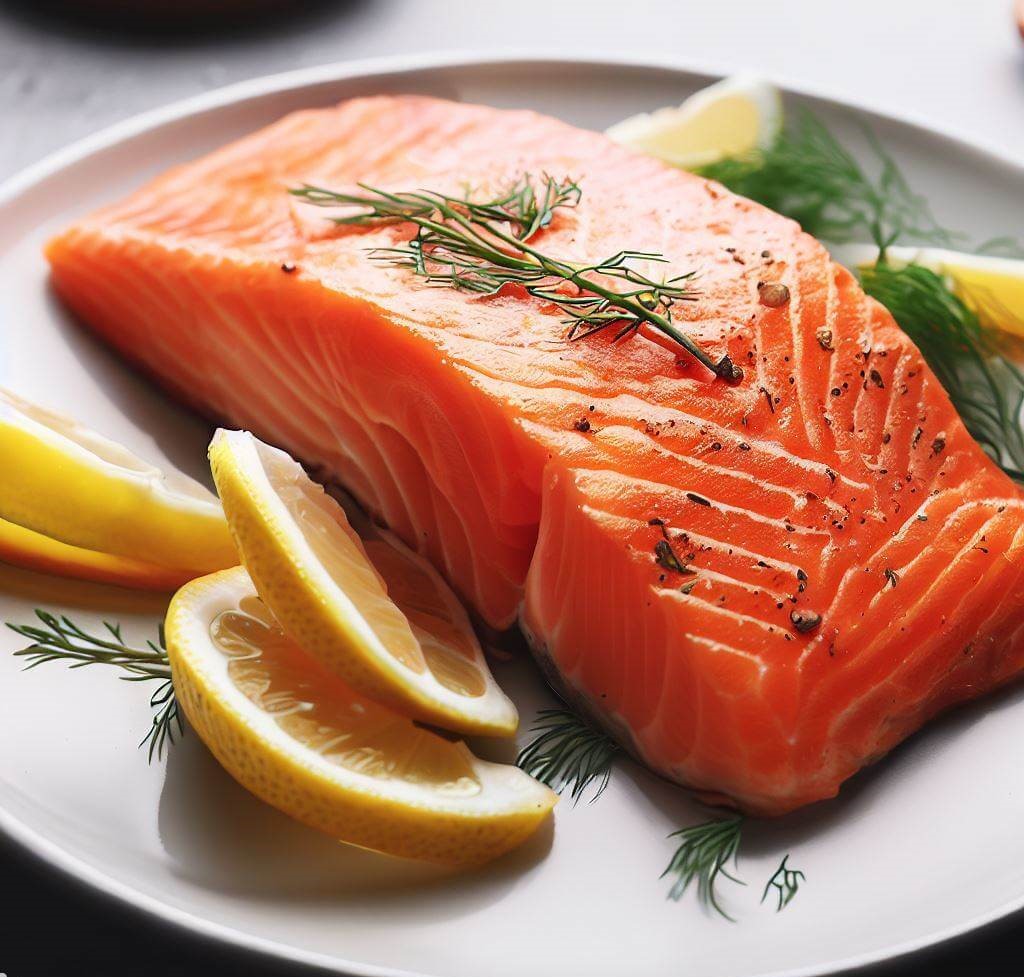
Salmon is an excellent source of protein and omega-3 fatty acids, which are crucial for heart health. But did you know it’s also beneficial for blood sugar control? A meal rich in protein causes less blood sugar fluctuation compared to a meal dominated by carbohydrates.
Furthermore, the omega-3 fatty acids in salmon can improve insulin sensitivity, making it easier for your body to manage blood sugar levels. Whether it’s baked, grilled, or poached, salmon offers numerous ways to keep your meals varied and exciting.
8. Almonds and Nuts
Almonds, walnuts, and other nuts are nutritional powerhouses that are beneficial for people monitoring their blood sugar levels. They’re loaded with fiber, protein, and healthy fats, which collectively help slow down the absorption of sugar into your bloodstream.
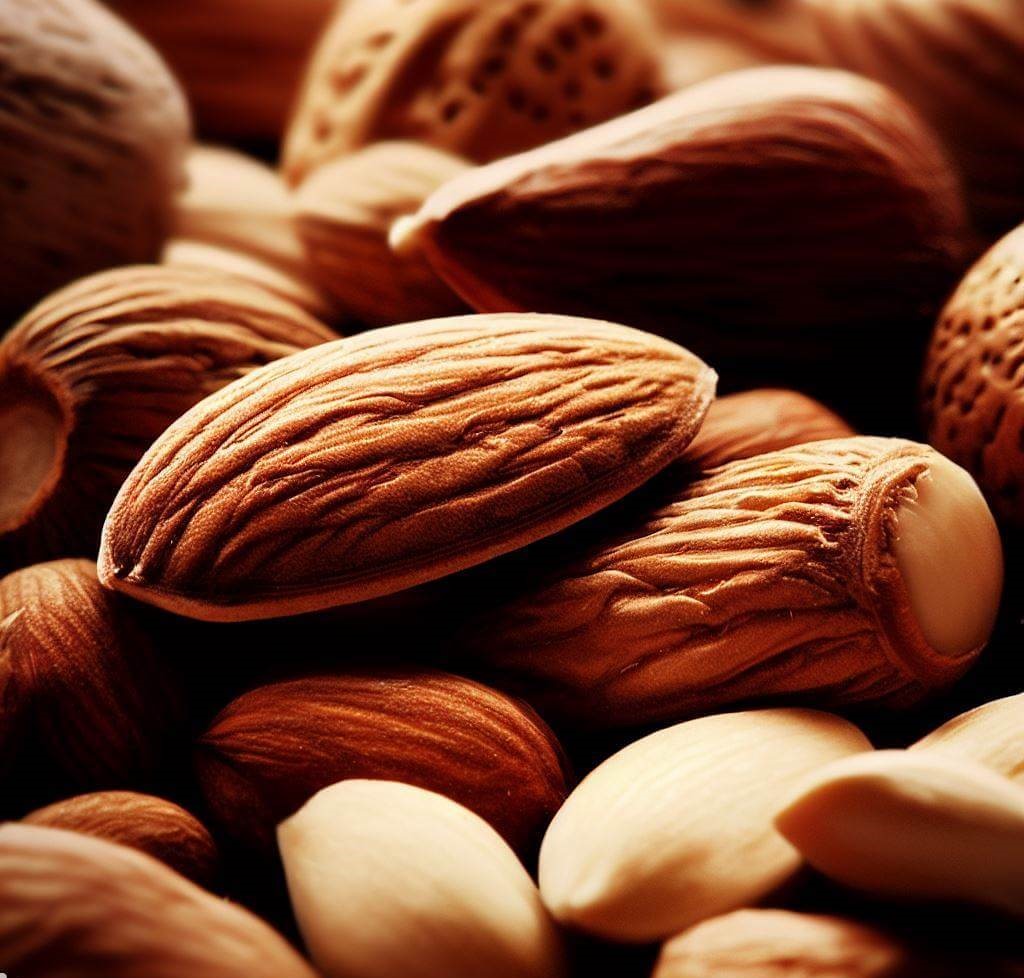
In particular, almonds have been shown to lower post-meal blood sugar levels and reduce long-term blood sugar levels in people with type 2 diabetes. Just remember that moderation is key due to the high calorie content of nuts.
7. Avocados
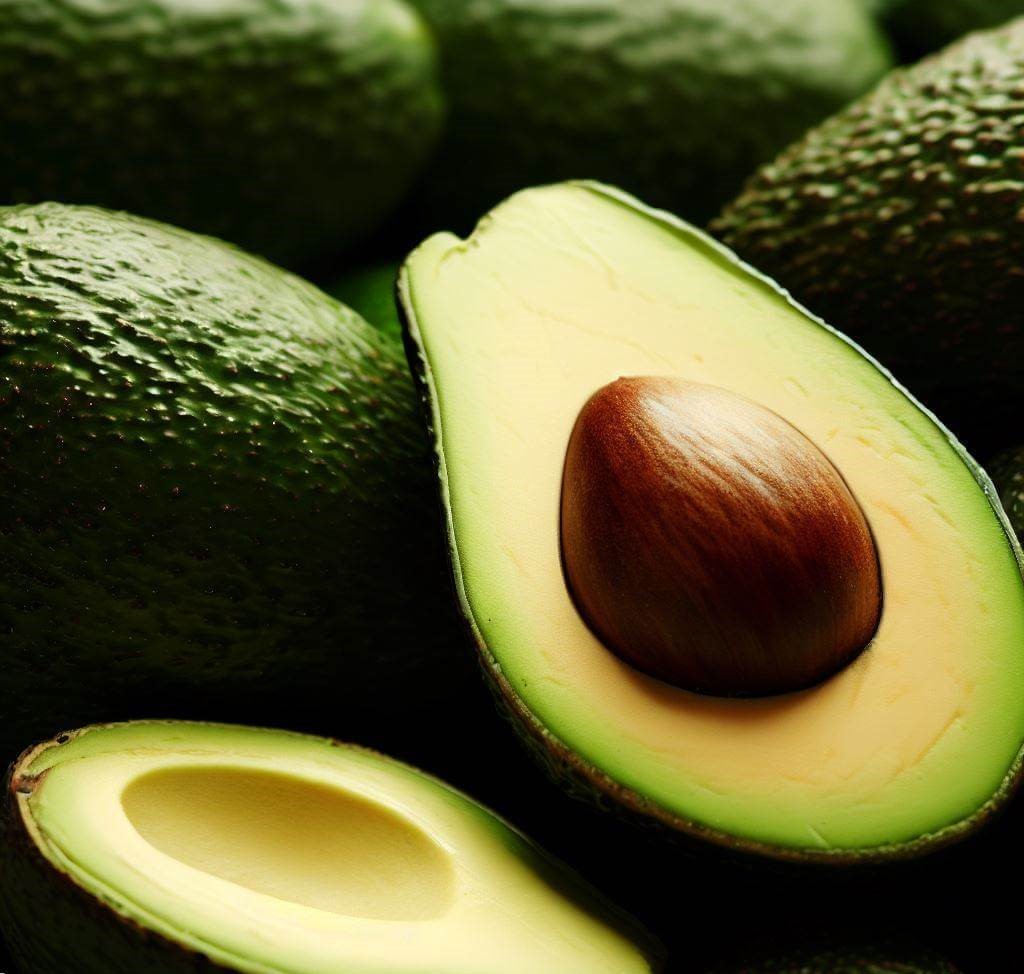
Avocados, beyond being delicious and versatile, are packed with healthful monounsaturated fats and dietary fiber. The high-fat content in avocados results in a lower glycemic response, meaning it can help maintain steady blood sugar levels.
Furthermore, avocados are rich in magnesium, a mineral that’s been associated with a lower risk of type 2 diabetes. Enjoy them in salads, on whole grain toast, or even as a nutritious smoothie ingredient.
6. Kimchi and Sauerkraut
Fermented foods like kimchi and sauerkraut are an excellent addition to a diet focused on blood sugar control. They’re a source of probiotics, beneficial bacteria that can help improve gut health, which plays a role in managing blood sugar levels.
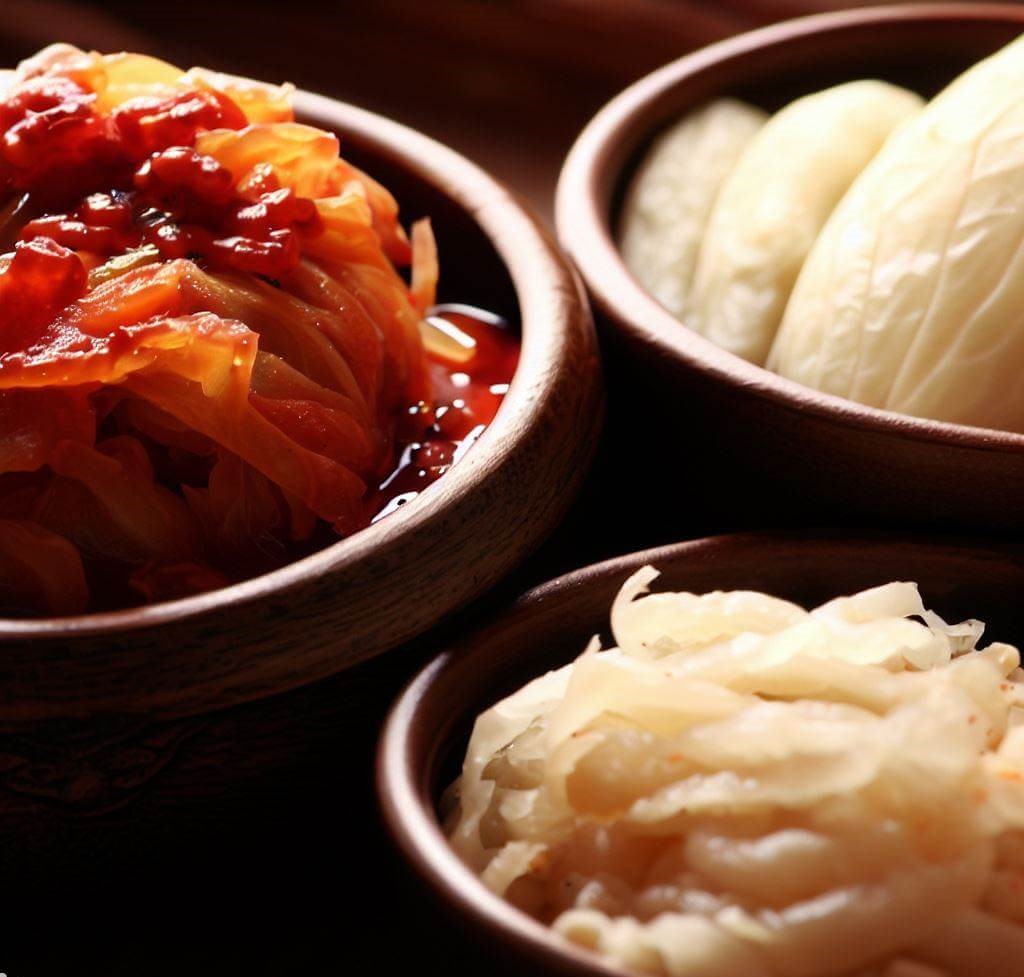
Some studies suggest that fermented foods can even slow down the progression of type 2 diabetes. Sauerkraut and kimchi can be added to a variety of meals for a tangy, flavor-packed punch. Just be sure to choose versions without added sugars.
5. Broccoli and Broccoli Sprouts

Broccoli and broccoli sprouts are exceptional foods for managing blood sugar levels. They’re packed with fiber and antioxidants, including sulforaphane, an extremely potent compound that’s been shown to reduce insulin resistance and protect cells from high blood sugar-related damage.
Enjoy broccoli and broccoli sprouts raw in salads or lightly steamed for a nutritious side dish.
4. Berries
Berries, such as strawberries, blueberries, and blackberries, are an excellent choice for those looking to maintain healthy blood sugar levels. They’re high in fiber, which slows sugar absorption into your bloodstream, preventing spikes in blood sugar.

Berries also contain anthocyanins, which are compounds with anti-inflammatory and antioxidant effects. They’ve been linked to insulin sensitivity improvement and a reduced risk of heart disease, which is vital as diabetes increases heart disease risk.
3. Leafy Greens
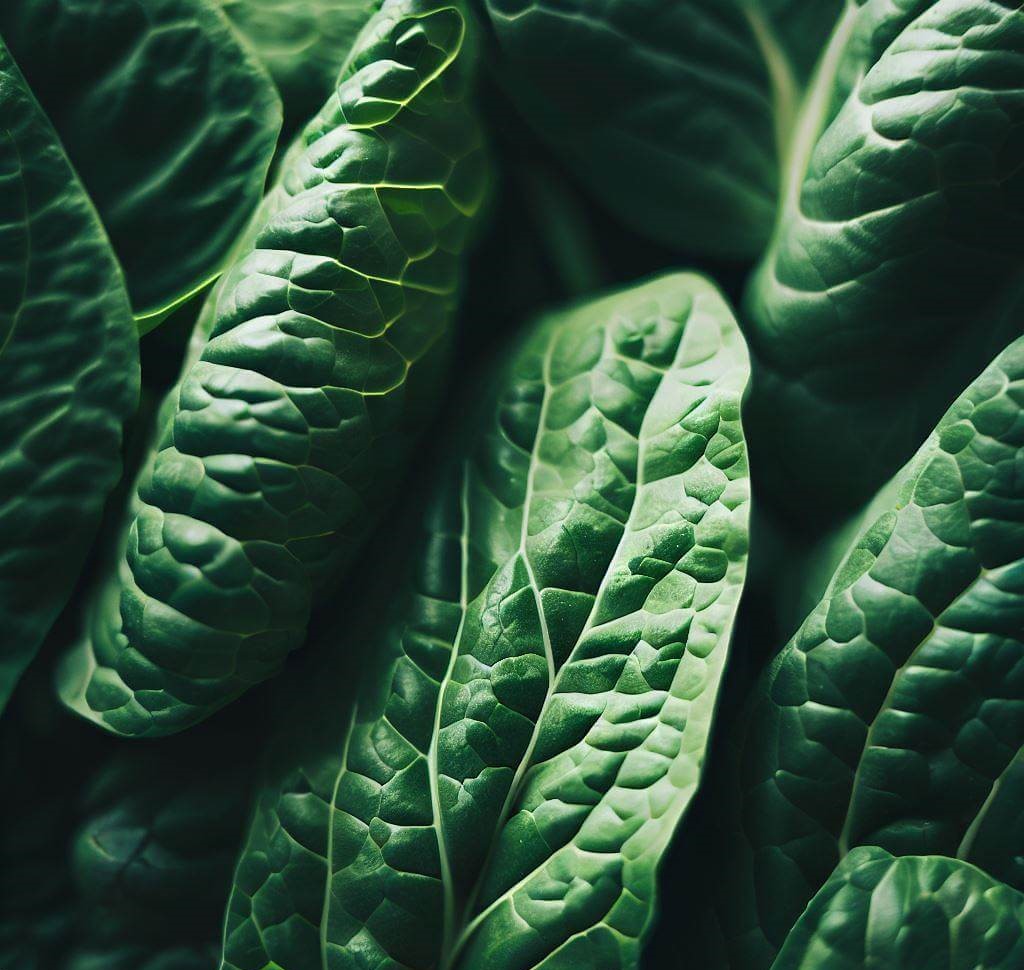
Leafy greens, including spinach, kale, and Swiss chard, are low in calories and high in nutrients like magnesium and vitamin A, both of which are important for those with high blood sugar. Their low glycemic index means they have minimal impact on blood sugar levels.
Leafy greens also contain antioxidants known as lutein and zeaxanthin, which are beneficial for eye health, an important consideration as diabetes can lead to eye complications. Enjoy these greens in salads, smoothies, or lightly sautéed as a side dish.
2. Flaxseed Powder
Flaxseed powder is an exceptional addition to a blood sugar-friendly diet. Rich in protein, healthy fats, and especially fiber, it helps to slow down the digestion process, leading to a gradual release of glucose into the bloodstream.

Furthermore, flaxseed contains lignans, which are phytochemicals shown to reduce the risk of heart disease and improve blood sugar control. Add flaxseed powder to your smoothies, oatmeal, or baking for an easy nutritional boost. Now for the top foods for better blood sugar control.
1. Beans and Lentils
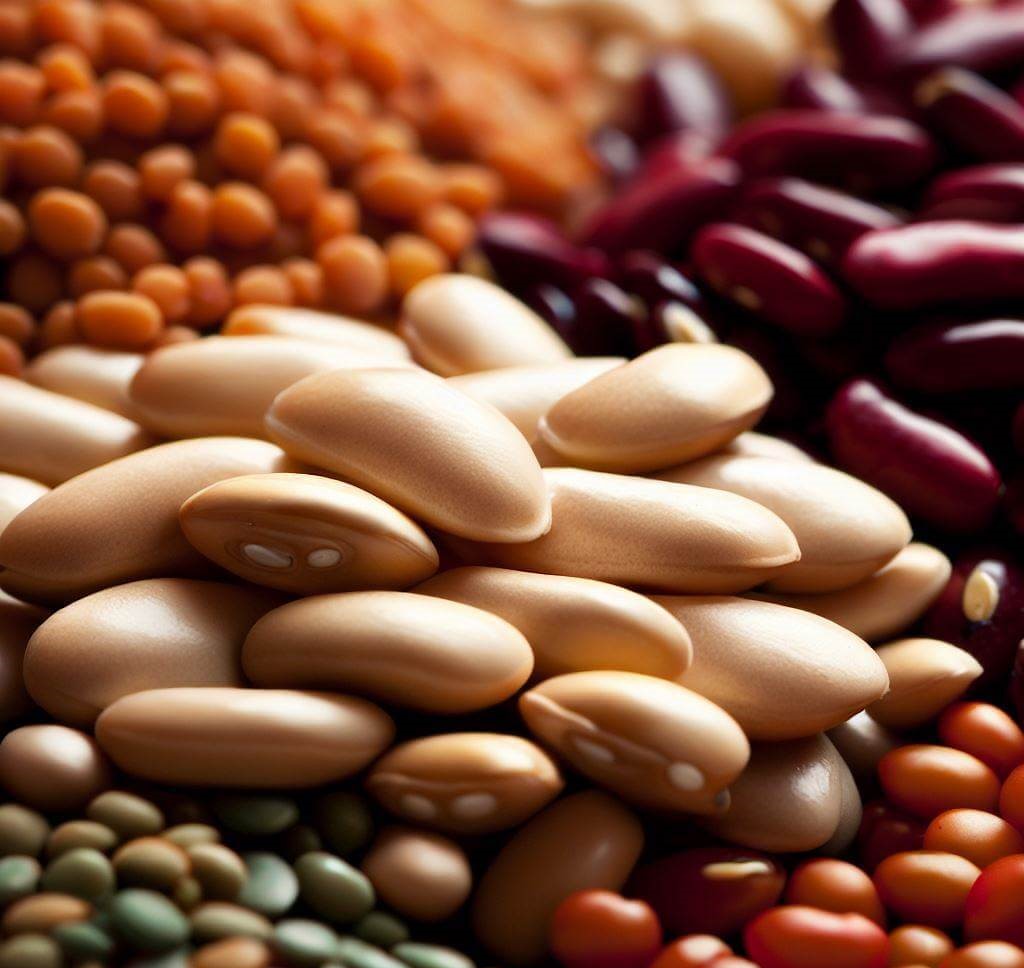
Beans and lentils are superfoods for people with high blood sugar. Both are packed with fiber, which slows digestion and gives a steady supply of glucose to the bloodstream, thereby avoiding spikes and crashes. Plus, they’re high in protein, which can keep you feeling satisfied and reduce overeating.
Beans, from black beans to chickpeas, offer a variety to choose from, and they’re versatile in meals. They can easily be incorporated into salads, soups, and stews. On the other hand, lentils, while also providing good amounts of iron and B vitamins, have a low glycemic index. This means they cause a slow, steady rise in blood sugar rather than a quick spike. Like beans, you can enjoy lentils in soups, salads, or as a side dish. So next time you’re cooking, remember to make room for these legume powerhouses in your meal plan.
Practical Tips for Incorporating These Foods into Your Diet
Eating a diet that lowers blood sugar levels doesn’t have to be difficult or bland. Here are a few practical tips:
- Meal Planning: Plan your meals ahead of time to include a variety of low-GI foods. For example, replace white bread with whole grain oats, add berries to your breakfast, or make a salad with leafy greens for lunch.
- Portion Sizes: Even healthy foods can raise blood sugar levels if you eat too much at once. Try to keep portion sizes in check, especially for starchy foods.
- Eating Out: When dining out, opt for dishes that include foods known to lower blood sugar levels. If you’re unsure, don’t hesitate to ask your server for recommendations.
Exercise and Blood Sugar
Diet isn’t the only factor that affects blood sugar levels. Regular physical activity can also play a significant role.
Exercise helps insulin work more effectively and allows your cells to use glucose for energy, which lowers blood sugar levels. Plus, physical activity helps you maintain a healthy weight, which can also improve blood sugar control.
Always remember to check your blood sugar levels before, during, and after exercise, especially if you have diabetes.
The Role of Stress and Sleep in Blood Sugar Control
Stress and sleep also play significant roles in controlling blood sugar levels. During stressful situations, your body releases hormones to combat stress, causing your blood sugar levels to rise. Techniques such as deep breathing, yoga, and other forms of relaxation can help manage stress levels and hence, manage your blood sugar levels.
Similarly, poor sleep can affect your body’s insulin sensitivity and lead to elevated blood sugar levels. Make sure you’re getting enough sleep and maintaining a regular sleep schedule. Practicing good sleep hygiene—such as keeping your bedroom dark and cool, avoiding electronic devices before bedtime, and maintaining a consistent sleep schedule—can help improve the quality of your sleep.
While managing blood sugar levels might seem overwhelming at times, remember that making small, manageable changes to your lifestyle like incorporating foods for better blood sugar control can make a big difference. Keep learning, stay positive, and reach out to healthcare professionals and support groups when you need help.
Importance of Regular Monitoring and Medication
Even with the best diet and lifestyle changes, regular monitoring of your blood sugar levels is essential. For individuals with diabetes, understanding how your blood sugar fluctuates throughout the day can guide adjustments to your diet, physical activity, and medication. Regular monitoring can help prevent both short-term complications like hypoglycemia and long-term complications like heart disease and kidney damage.
Most healthcare providers recommend testing your blood sugar before meals and possibly at bedtime. The frequency of testing usually depends on the type of diabetes you have and your treatment plan.
Remember, keeping a detailed log of your blood sugar levels and noting down what you eat, how much you exercise, and any medications you take can provide valuable information for you and your healthcare provider.
Also, let’s not overlook the role of medication. While diet and exercise are crucial parts of managing high blood sugar, they might not be enough for everyone. Depending on your condition, your healthcare provider may prescribe medication or insulin therapy. It’s essential to take any prescribed medication as directed and discuss any concerns with your healthcare provider.
Additionally, if you’re taking medication for diabetes, understanding how food impacts your blood sugar can be a bit more complex. Different medications work in different ways, and they can interact with food and physical activity differently. Always talk to your healthcare provider or a dietitian to better understand these interactions.
Consulting with Healthcare Professionals
While diet and lifestyle changes can greatly impact your blood sugar levels, it’s important to work closely with healthcare professionals.
Every person is unique, and what works for one might not work for another. Regular consultations with a healthcare provider can help you create a personalized plan to manage your blood sugar levels and maintain overall health.
Remember, the information provided in this article is intended to support, not replace, the relationship that exists between a patient and their existing healthcare providers.
Your Next Steps for Better Blood Sugar
Managing blood sugar levels can be challenging, but incorporating the Foods for Better Blood Sugar Control into your diet can make a significant difference. From fiber-rich whole grains and legumes to antioxidant-packed fruits and veggies, the foods listed above can support balanced blood sugar levels. Remember, everyone is unique, so it’s crucial to monitor your blood sugar levels before and after meals to see how different foods affect you personally.
You’ve just discovered 13 Foods for Better Blood Sugar Control. But we know that reading through a list can be a lot to take in. That’s why we’ve created a quick video summary below, showcasing how you can easily incorporate these foods into your daily meals. Take a few minutes to watch—it’s a recap you won’t want to miss!
Frequently Asked Questions
- Can I eat these foods raw or cooked? Most of these foods can be enjoyed both raw and cooked. However, cooking methods can affect their nutritional value. Try to steam or boil rather than frying to retain the most nutrients.
- Are there any side effects of these foods? These foods are generally safe for most people. However, if you have allergies or food intolerances, you should avoid those specific foods. Always consult with your healthcare provider if you have any concerns.
- How much of these foods can I eat in a day? This depends on your individual dietary needs, lifestyle, and how these foods affect your blood sugar levels. It’s important to eat a balanced diet and not rely on one food to manage your blood sugar.
- Can I only eat these foods to lower my blood sugar? These foods can help, but managing blood sugar requires a comprehensive approach, including regular exercise, adequate sleep, and stress management.
- Can I stop my medication if I start eating these foods? You should never stop taking medication without consulting your healthcare provider. While diet plays a crucial role in managing blood sugar, it doesn’t replace the need for medication in some individuals.





